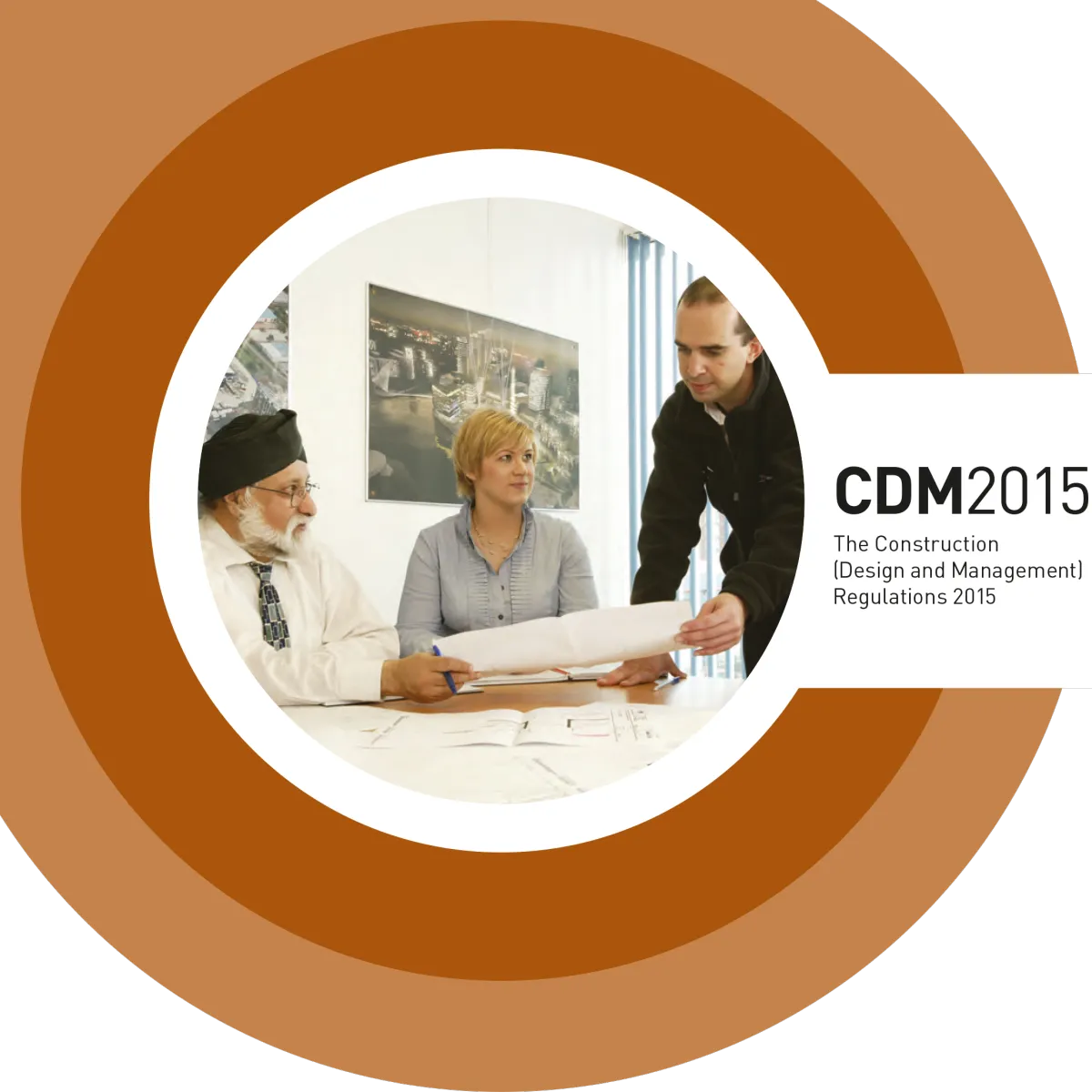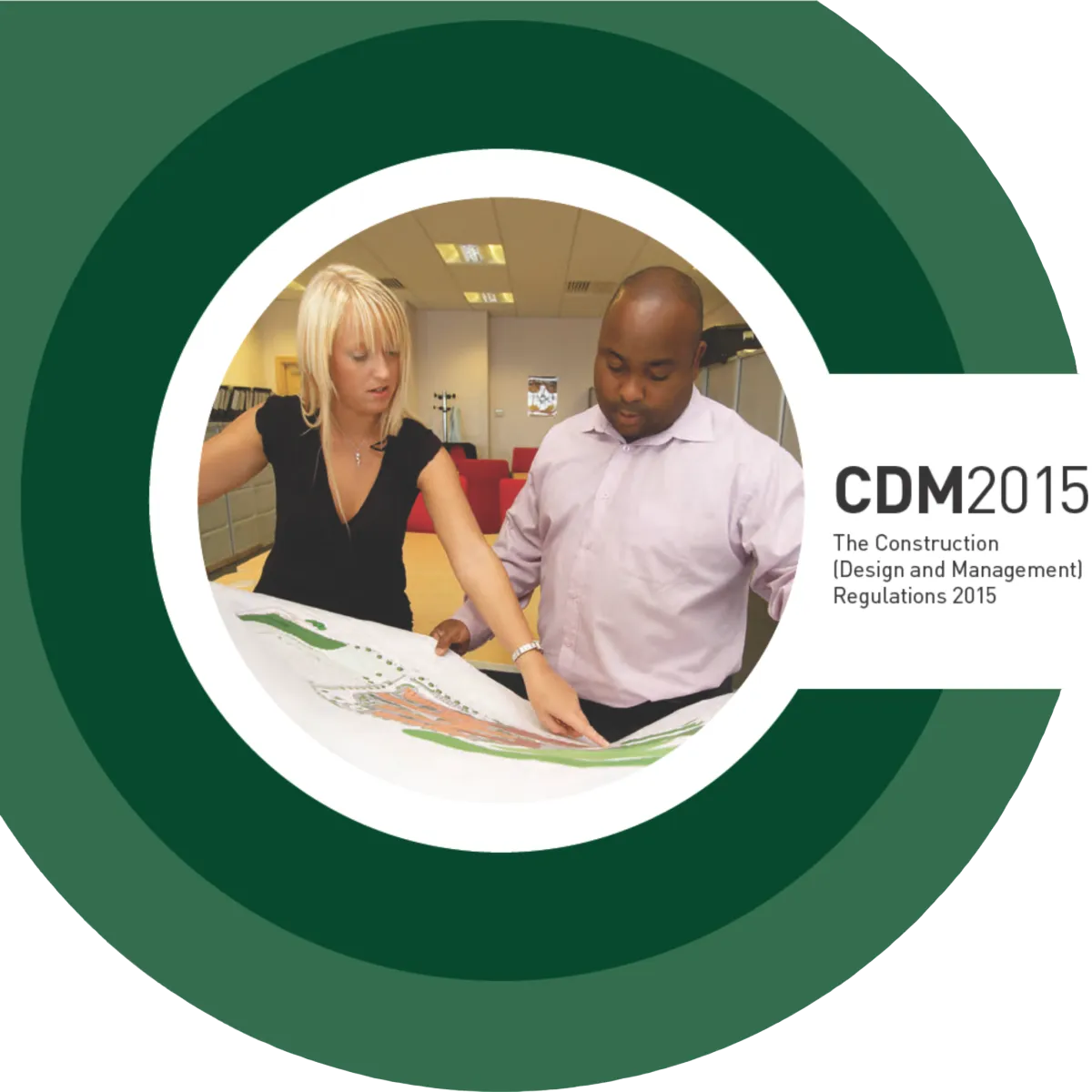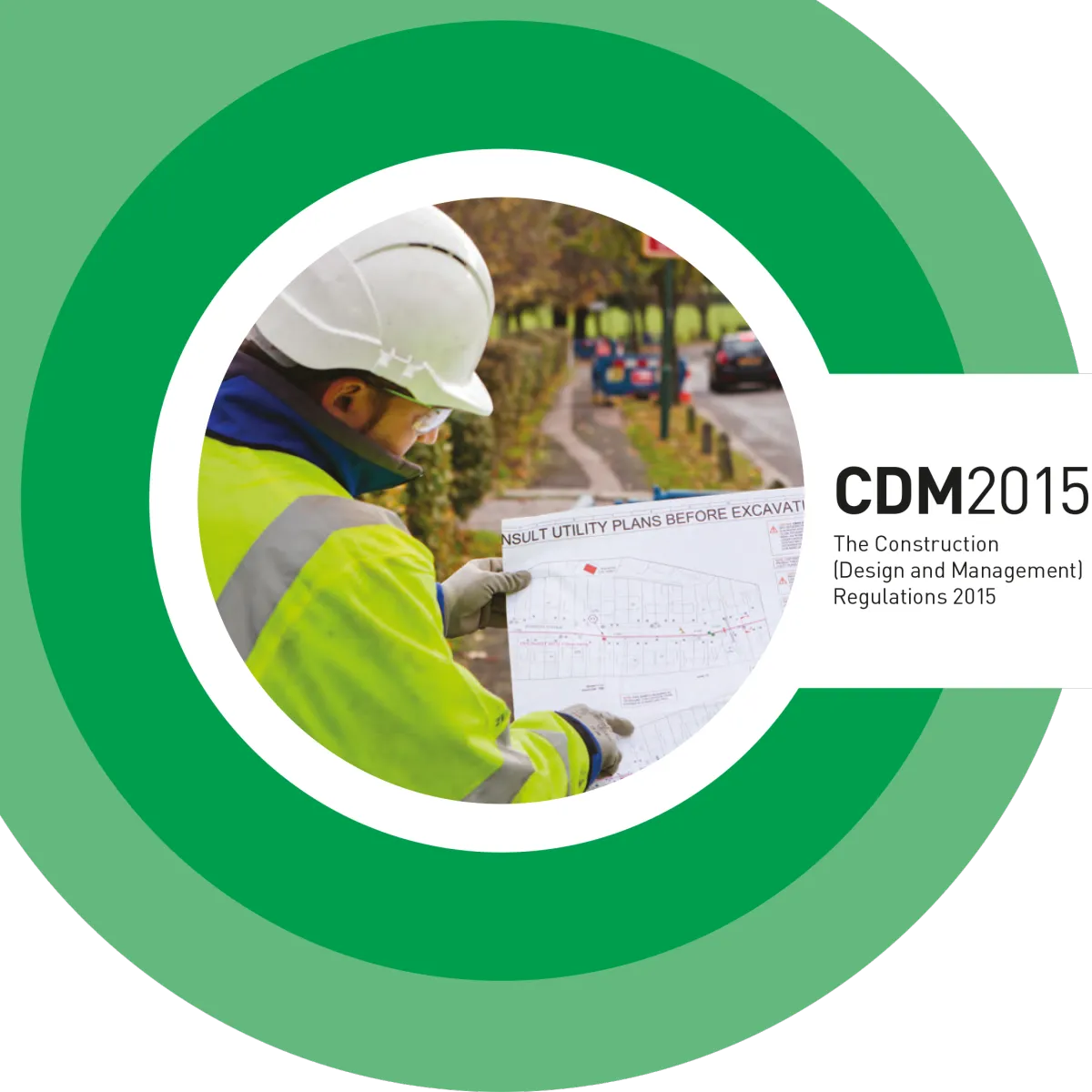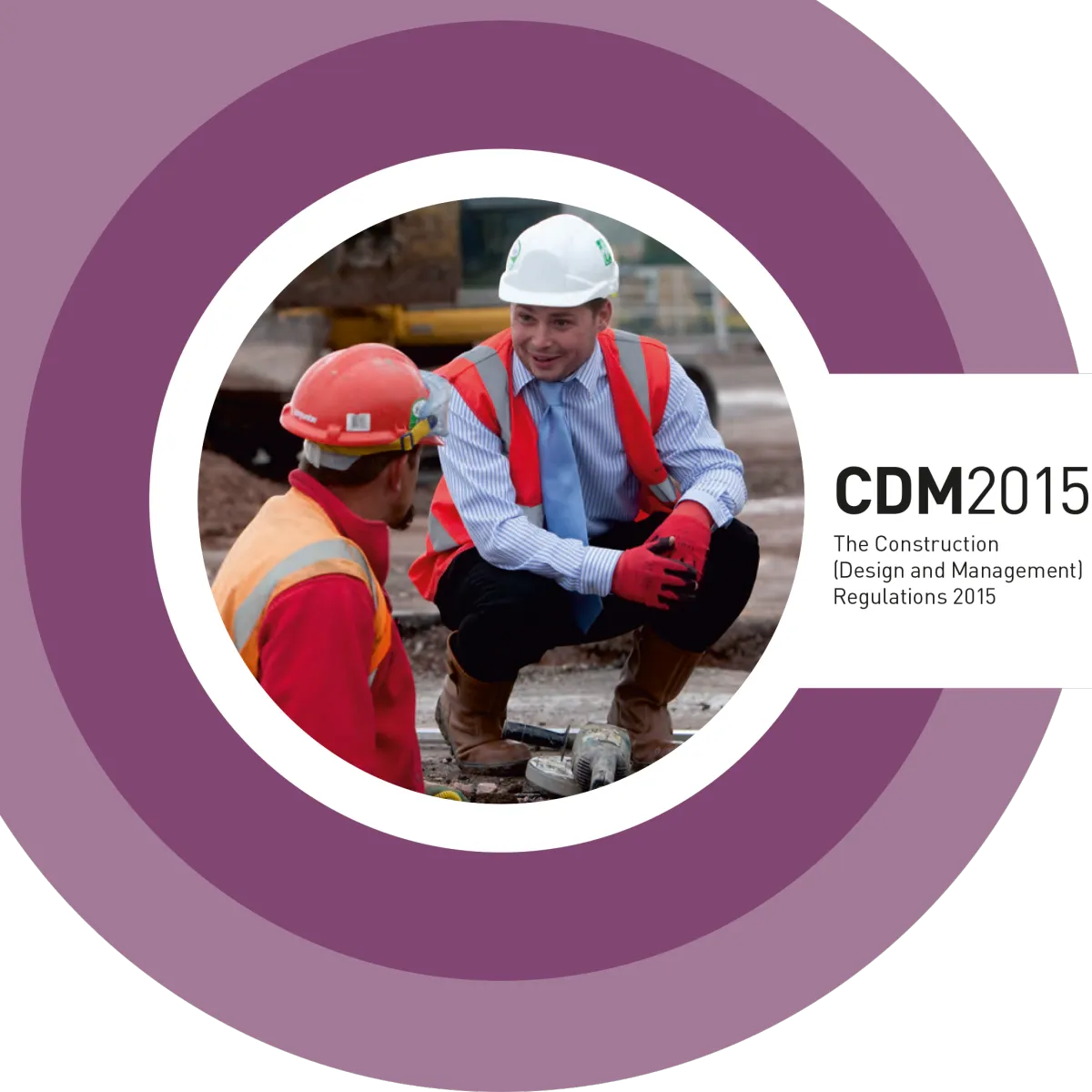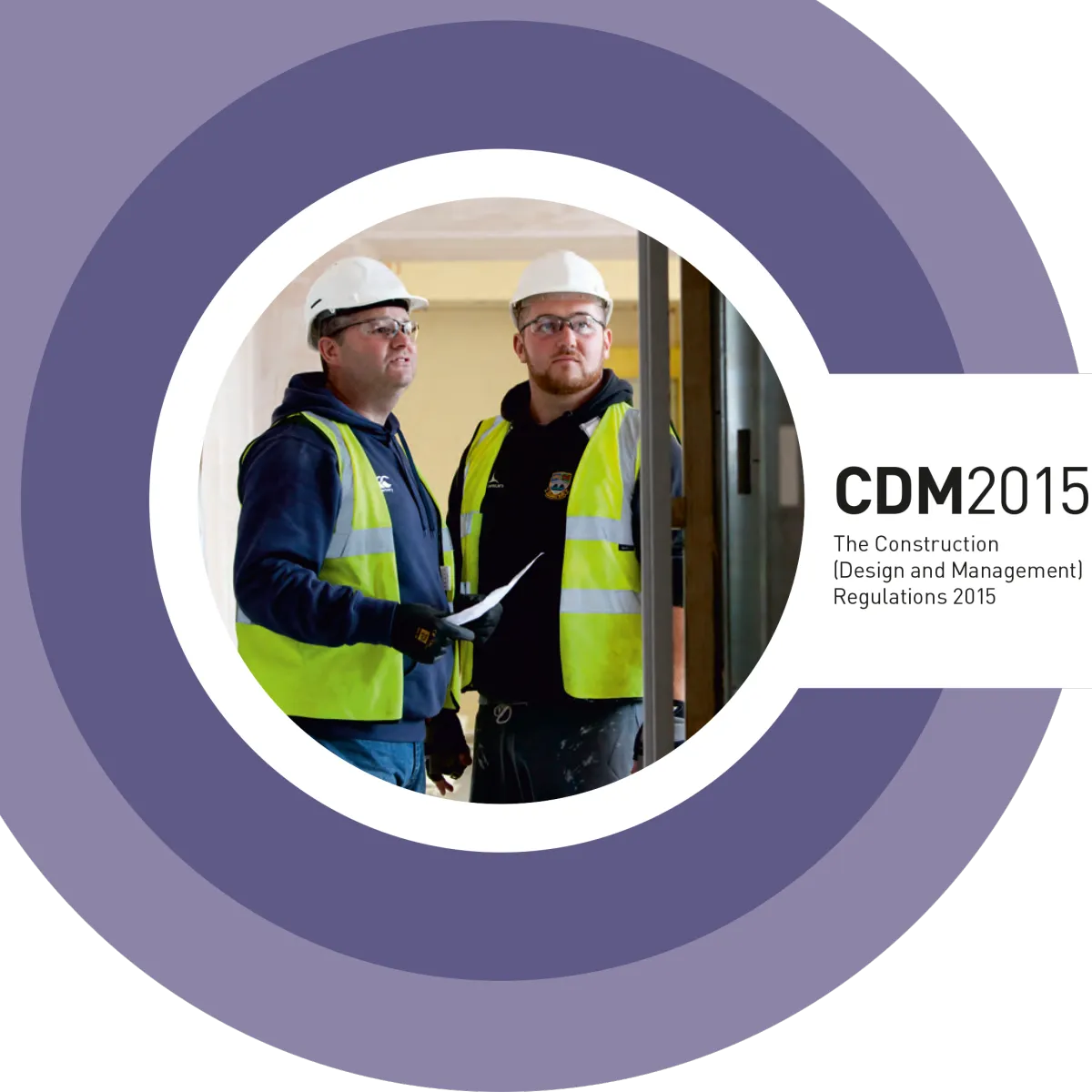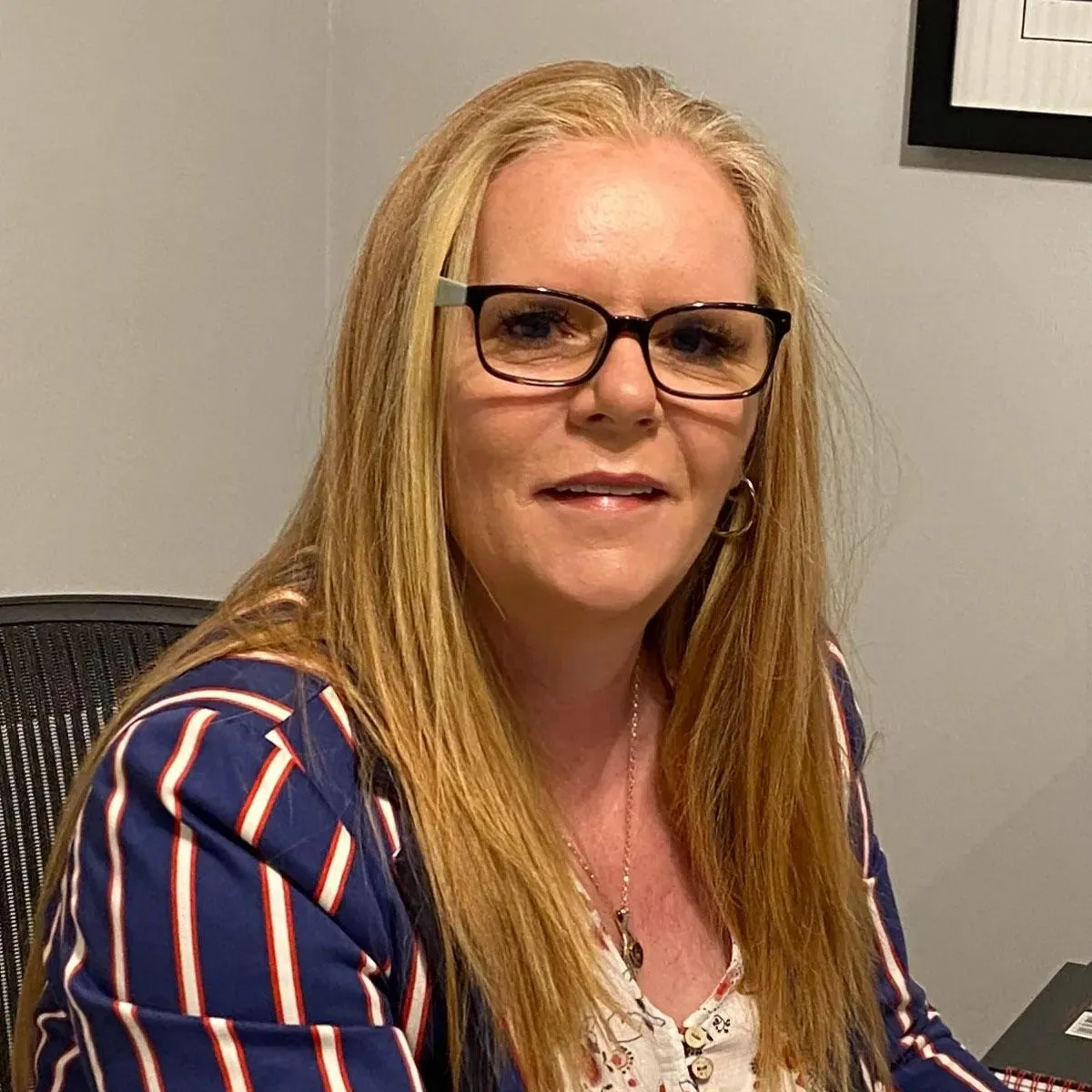Designer
The Challenge
As a designer, your ideas shape the project and the safety of every person involved. Balancing creativity with compliance can be challenging, but it’s also an opportunity to lead by example.
Our Solution
We help you integrate safety seamlessly into your design process, so every choice supports safer construction, operation, and maintenance.
Struggling with this outcome?
Safety by Design
Early Detection:
Spot and eliminate risks before they hit site.
Innovative Solutions:
Use smarter materials and simpler methods for safer outcomes.
Regular Updates:
Keep your designs compliant as regulations evolve.
Collaboration & Communication
Stakeholder Engagement:
Collaborate early with clients and contractors for practical safety integration.
Clear Documentation:
Provide concise risk reports & instructions.
Open Dialogue:
Create space for feedback and improvement throughout design.
Ongoing Compliance
Stay Current:
Keep pace with CDM updates and best practice.
Regulatory Compliance:
Audit and refine your design approach for long-term safety excellence.
Why Choose WestropWebster
We’ve helped countless UK construction firms master CDM with clarity and confidence.
Our team blends deep regulatory expertise with real-world site experience, making compliance feel practical, not painful.
Our Proven Process
Discover
We identify your risks and compliance gaps.
Design
We build clear, compliant systems that align with CDM 2015.
Deliver
We provide training, guidance, and ongoing support so your team stays confident and compliant.


